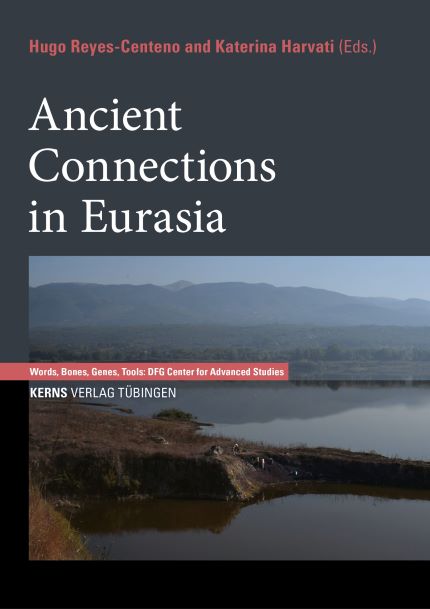È appena uscito il capitolo che ho scritto insieme a Guido Barbujani (Ferrara) e Andrea Manica (Cambridge) per un libro accademico:
Leonardi, M., G. Barbujani, and A. Manica. 2021
Genetic demography: What does it mean and how to interpret it, with a case study on the Neolithic transition
In Ancient Connections in Eurasia, ed. by H. Reyes-Centeno and K. Harvati, pp. 91-100. Tübingen: Kerns Verlag. ISBN: 978-3-935751-37-7. https://doi.org/10.51315/9783935751377.005

Questo capitolo descrive cosa sono e come si fanno le ricostruzioni demografiche sulla base dei dati genetici. Vuole essere uno strumento per gli studiosi al di fuori del campo della genetica delle popolazioni (ad esempio archeologi, antropologi, ecc.) per comprendere meglio il significato e i limiti intrinseci della demografia genetica e per aiutare a integrare i suoi risultati nel più ampio contesto della ricostruzione del passato umano.
Il capitolo passa anche in rassegna gli studi che utilizzano questi metodi per ricostruire la transizione demografica del Neolitico.
Abstract
The present work describes the basic principles underlying demographic reconstructions from genetic data, and reviews the studies using such methods with respect to the Neolithic Demographic Transition. It is intended as a tool for scholars outside the field of population genetics (e.g., archaeologists, anthropologists, etc.) to better understand the significance and intrinsic limitations of genetic demography, and to help integrate its results within the broader context of the reconstruction of the human past.